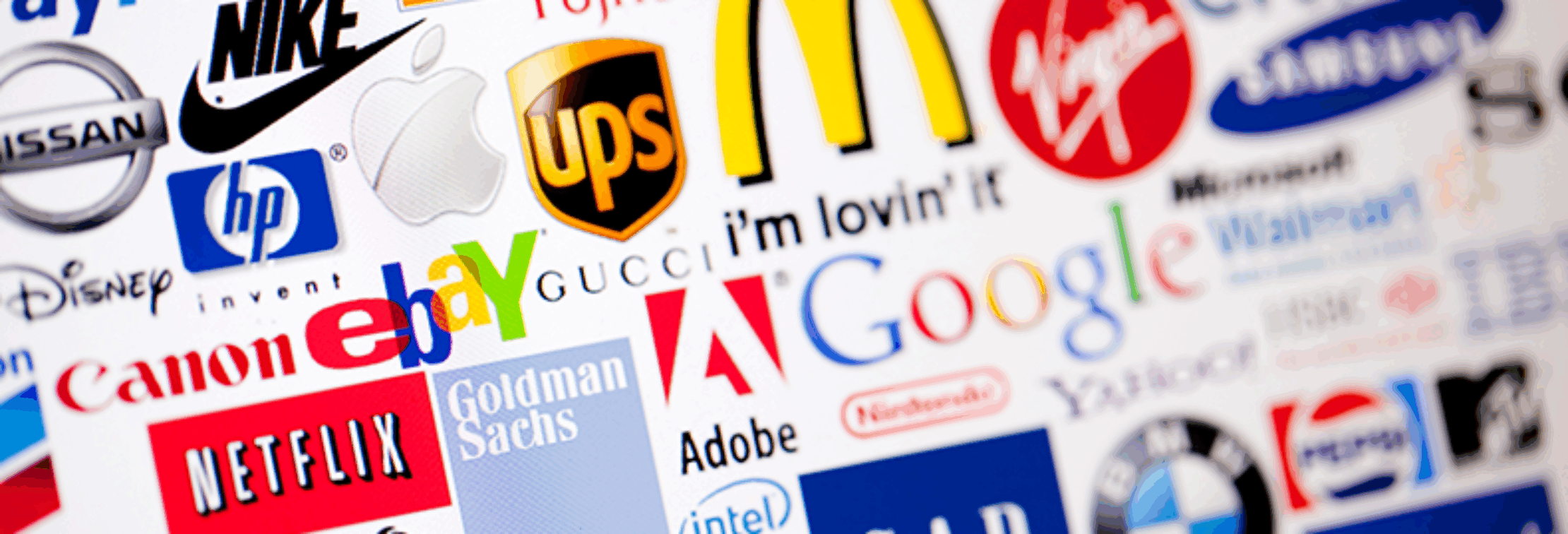
Beyond the hype: how personalisation drives real customer Value
Become a FESPA Member
to Continue Reading
We talk to one of the speakers at the recent SmartHub Conference that took place at Personalisation Experience 2025, Professor of Innovation Management Frank Piller, about the future of personalisation for print firms.
With more than three decades in the world of innovation management, RWTH Aachen University Professor Frank Piller has seen trends come and go. But it’s fair to say that the current potential for AI to influence customisation and personalisation – and not only in the realm of product manufacturing – has him more excited than ever.
“Thirty years ago, when I was a young PhD student in operations management and the internet started to be a factor, my first question was: how will it change manufacturing? Then I discovered Levi Strauss offering customised jeans in New York for $65, and I thought, this could be really interesting,” Frank says.
“Customisation ended up being a subpart of my PhD, but then I made it my major research topic in my postdoc years. It’s something of an umbrella topic. For example, here in Germany, cars have been configured to order for decades, and customisation is also big in construction and furniture.
“So, customisation has always been around but previously it was often done in a craft way. Now, with the internet and more digital technology available, you can combine the mass production idea with customisation or personalisation to create ‘mass customisation’.”
Beyond single runsAs the Personalisation Experience ably demonstrated, personalisation has progressed beyond just manufacturing unique or customised items efficiently for single customers.
“At the exhibition, I was amazed by the idea that the important thing isn’t about making the technology more efficient but to actually provide value for customers. That was an area where I had been struggling; I’ve seen a lot of cases where I wonder, as a consumer, do I really need to customise my sneakers or is that just a novelty effect?” Frank says.
“But I think, at the exhibition, we really saw some great cases where personalisation can create value, such as designing for special occasions. Say you are having a bachelor’s party. As a consumer, you can now create a merchandising collection for your party. These are really markets that we couldn’t tap into before.
“And then we have all these influencers, all these gamers who stream video games, and they all create niche markets that no conventional firm could ever capture.…
...